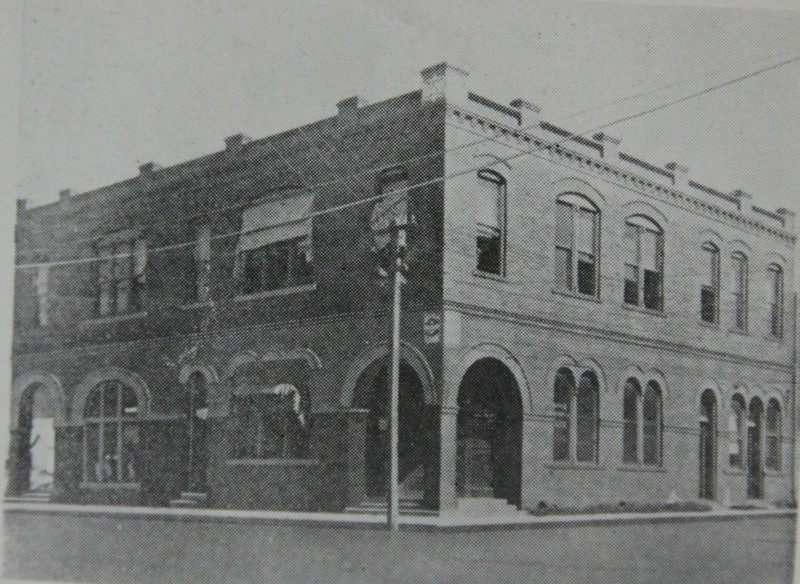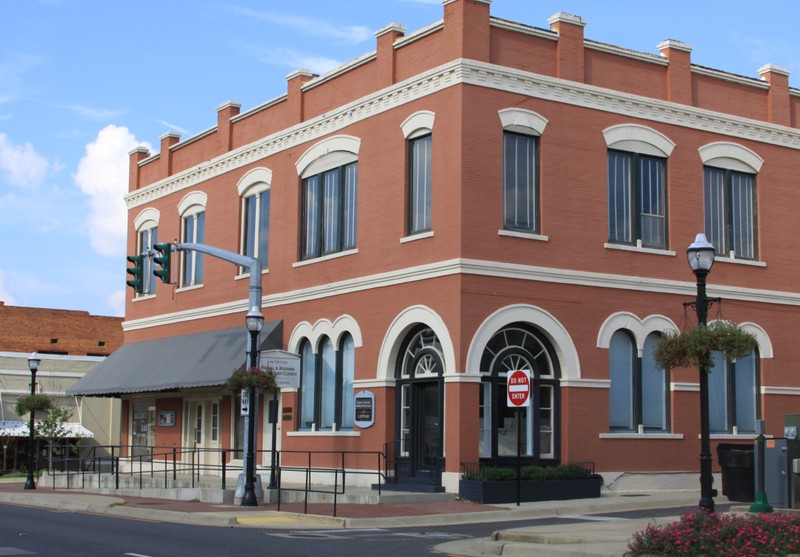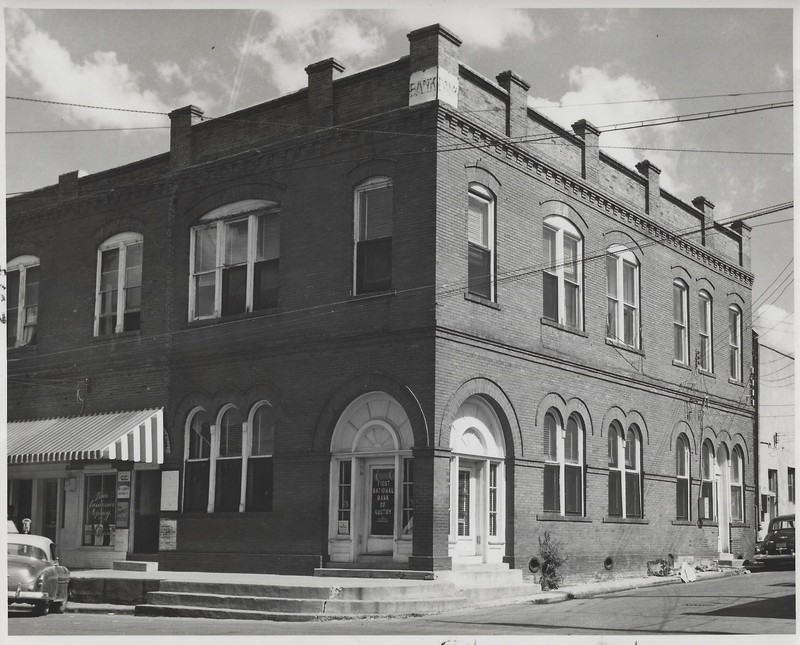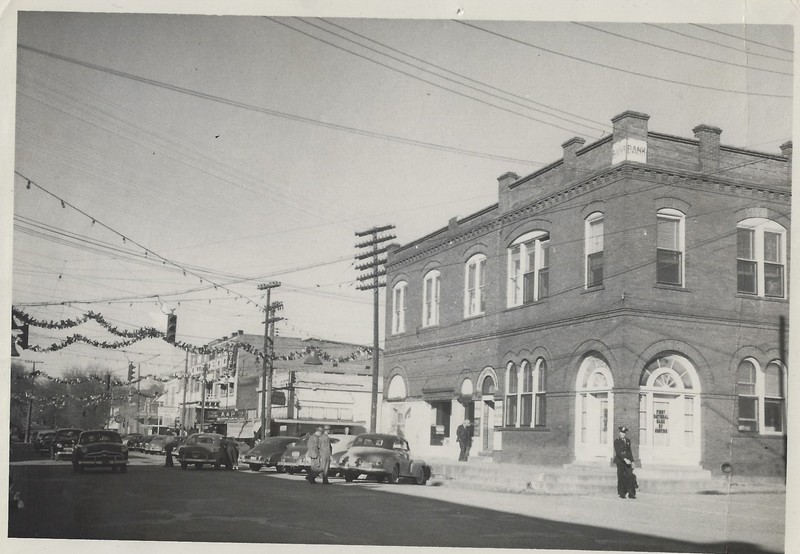Cargill Building - Lincoln Parish Bank
Introduction
Text-to-speech Audio
The Cargill Building in the 100 block of North Trenton Street was built about 1905 to house John L. Cargill’s general merchandise store. For a time, it was home to the
Lincoln Parish Bank. Ruston’s second bank opened on January 4, 1901, but struggled against the larger Ruston State Bank located across the street.
A 1910 Shreveport newspaper article noted Lincoln Parish Bank had increased its deposits 33 1/3% in a year, but it always lagged behind Ruston State in assets. In 1916,
it had to close for a time when the accounts of a cashier were found to be $46,000 short. Investors rescued the institution and in 1920 it converted from a state-chartered
bank to a national bank, the First National Bank of Ruston. In 1958, First National boasted $8,177,505.80 in assets.
First National later moved to a facility at 300 N. Trenton. In 1986, First National of Ruston was bought out by Regions Bank. The later First National Bank in Ruston was a
branch of the First National Bank of Arcadia, now called Louisiana National Bank.
The Cargill store, a landmark business in downtown Ruston, closed in 1934 after the death of John Cargill. A variety of businesses and offices have occupied the building since. the bank's vault remains in the building.
Images
Lincoln Parish Bank

Lincoln Parish Bank Building today

First National Bank of Ruston, 1950s

First National Bank of Ruston, 1950s

Backstory and Context
Text-to-speech Audio
The Lincoln Parish Bank was created in 1900 to compete against the Ruston State Bank across the street. Lincoln Parish Bank was relatively shortlived and the location was later occupied by the First National Bank of Ruston. The First National Bank of Ruston (FDIC # 14308) was established January 1, 1901 and insured by the FDIC January 1, 1934. It later built a new facility two blocks north. Inactive as of April 10, 1986; Acquired with government assistance by Regions Bank. For decades the south end of the building that housed the banks has served as law offices while retail space occupied the north end.
